If you are wondering what future compact or even professional “light” cameras have, we have bad news: they are at risk of a rapid sunset. This is nothing new, but having an iPhone 11 Pro in your hands to be tested in the photographic sector, the perspective becomes a certainty. Let's see why.
A good phone for taking pictures
The new iPhone 11 Pro, like other models of Android phones, is particularly aggressive on this front. Three lenses for normal, wide and very wide frames, but also a high quality software that allows you to reach unprecedented levels of computational photography, that is, mediated by the work of the processor. Having the Apple A13 Bionic on board and taking advantage of the algorithms created by the masters of Apple software puts the device created in Cupertino a notch or two ahead of the Chinese and Korean competition. But how does it go in practice?
Using an iPhone 11 Pro, therefore with more compact dimensions than what the 11 or 11 Pro Max version could offer us, we tried to understand what yield the device has working in a very particular genre of photography, that is the street photography, which has been back in fashion for some years and requires a different approach from that of traditional snapshots or photos of landscapes and urban architecture.
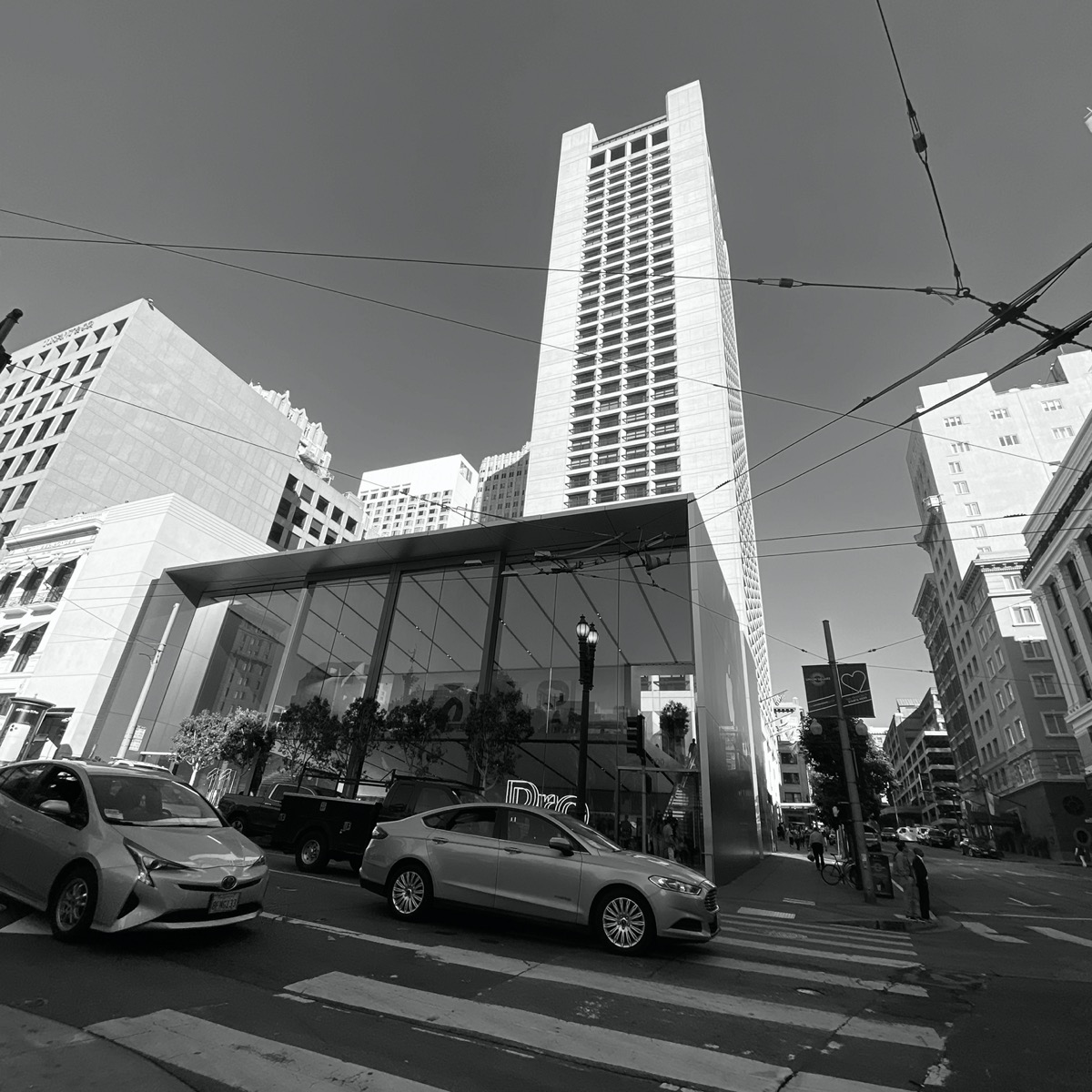
Street photography
Step back. The term street photography – street photography – was born from the work of critics. It is a type of unprepared photography, with subjects who are captured in the environment without knowing they are posing and without having been previously contacted by the photographer. In practice, photography of ordinary people in public environments who do not know they are being photographed. In this sector geniuses and real monuments of art photography have ventured, from the noble father the French Eugène Atget to the famous and exhausted Henri Cartier-Bresson up to Elliot Erwin, from Vivian Mayer to Fred Lyon (who we were lucky to meet a few days ago in San Francisco) up to Robert Franck (who died a few days ago) to Diane Arbus, Garry Winogrand, Lee Friedlander, Fan Ho and among others our Mario Dondero (who died a few years ago) and Gianni Berengo Gardin.
There are many photographers who have spent their careers (or just part of it) trying to document the normal life of people in public environments, perhaps photographing them between one commissioned work and another, especially in the golden years of the second post-war period. using, using black and white film and small compact cameras.
The “king” of street photography, who coined the idea behind this art form, that is to be able to capture “the decisive moment”, is the French Henri Cartier-Bresson, among other things one of the founders of the Magnum agency and a great lover of the other undisputed myth of street cameras, namely the German Leica, which is the company that first marketed the “small” 24 × 36 film format, which has become the size of the full frame sensor in the digital world.
Today we still shoot a lot of street photography, it is done analogically “as it once was” and it is done with digital devices of the most varied forms. For sure it is a form of photography for which black and white is particularly well suited (even if masters of the caliber of Joel Meyerowitz, Fred Herzog, Alex Webb and Ernst Haas have been able to say a lot using color, starting with the Kodachrome of the years Seventy).
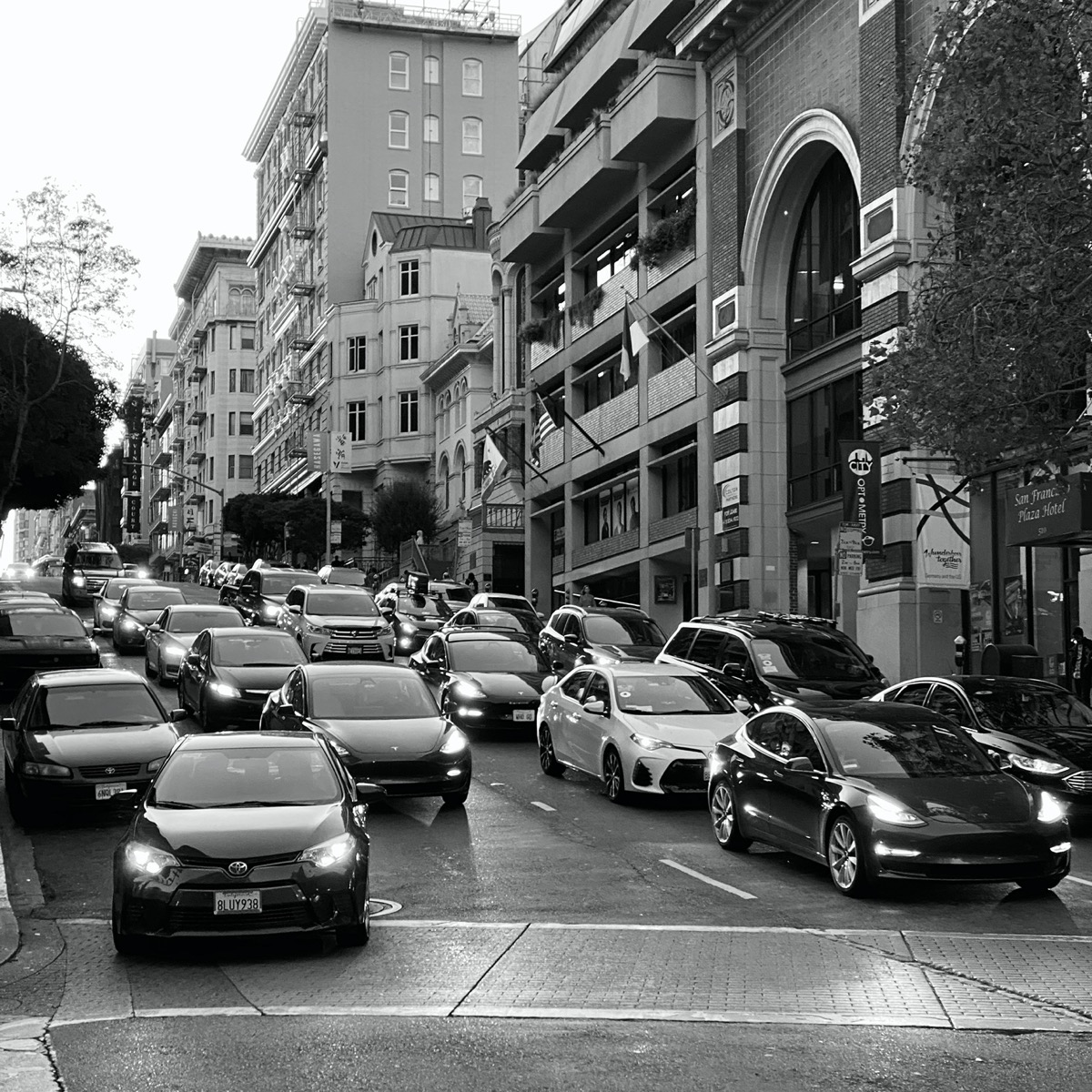
The road test
We decided to take a street photography test. Those who have been writing for ten years as a hobby shoot a mix of digital and film in this segment, and over time have tested some of the best cameras on the market designed for this type of photography, starting with some “historical” Leica models.
We have decided to limit the use of only the sensor and the stock app to take photos provided by Apple, using only the “Mono” black and white filter and the 1: 1 format, that is the equivalent of 6 × 6 of historical Hasselblad memory, which then became the basic format of both Polaroid and Instagram in recent years. In short, an all-out test.
We chose two battlefields: a gray Milan with rainy and practically winter weather, and a sunny San Francisco and even more spectacular than usual.
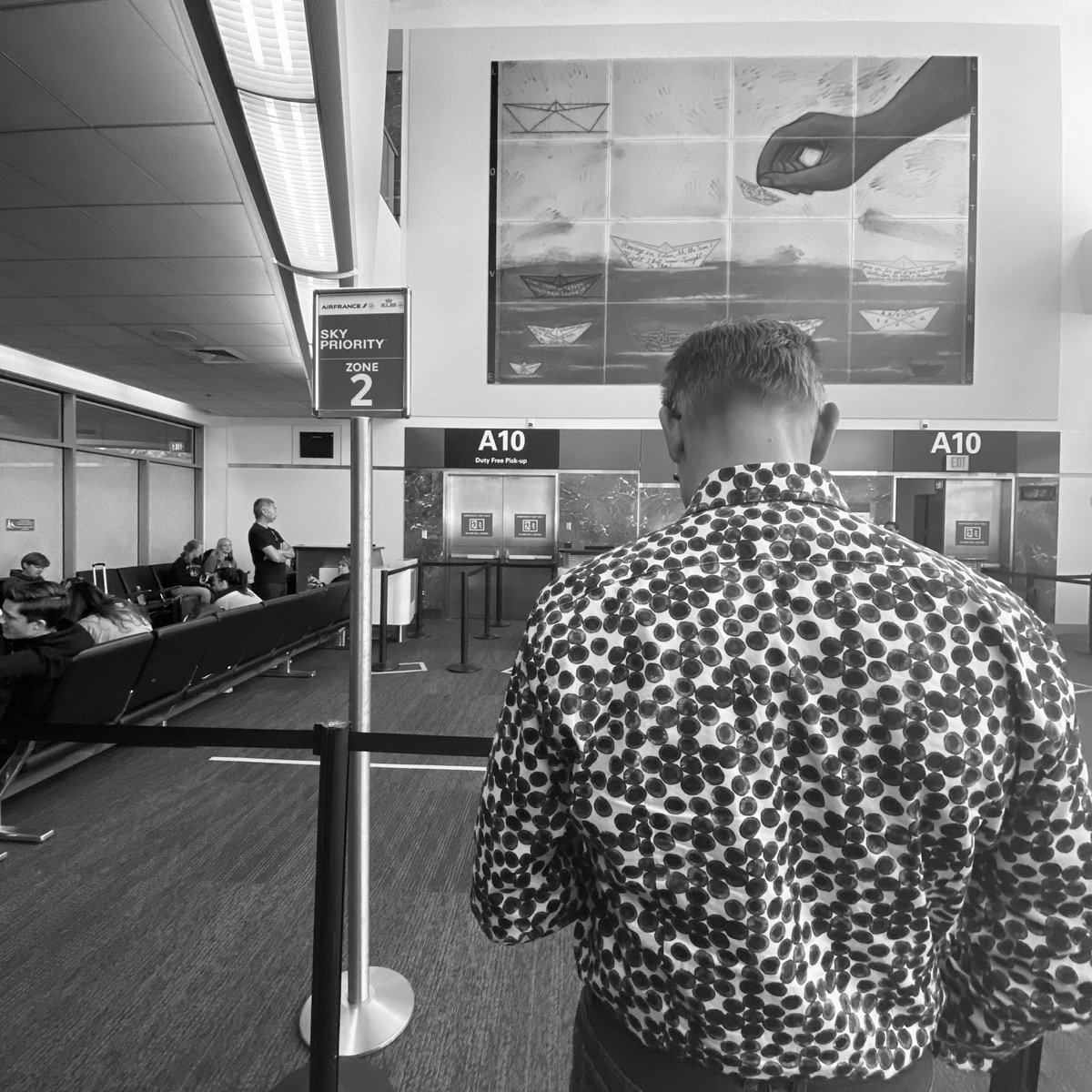
Phone settings
Using the iPhone 11 Pro with the latest software version – we had the public beta on board and therefore already the algorithm with Deep Fusion technology for computational improvement of image quality – was very simple to set up. In the Camera app just select the “Photo” tab and turn the central arrow at the top to bring up the menu at the bottom with the options for the flash, the Night effect, the Live Photos, the screen format (we changed from 4: 3 to 1: 1), the timer for the self-timer and finally the selection of the type of color filter, which we selected to choose the filter “Mono” (the third last) instead of the “Normal”.
End of configurations. In the various road tests that and numerous other specialized magazines have tested the phone as if it were a “normal” camera. But the idea here is to test it in a very specific sector, made up of quick and sudden shots, lighting changes, taking advantage of very quick shots. The aim is to maximize the handling and “invisibility” of the mobile phone, while the use of the square format, in addition to reconnecting to the nostalgic flavor of 6 × 6 film, is also a trick to always have the right shot when shooting both with the phone horizontally that vertically, thus enabling more easily the use of the volume buttons for shooting, in addition to the virtual button, now finally the only round button no longer competing with the old “Home” button of the pre-X and pre generations –11.
The framing of the shooting space allows you to see what happens outside the frame only in the x2 mode, ie a “tele” lens, equivalent to a 52mm. In fact, for both 26mm and 13mm there is no image around the black of the frame and in any case we have disabled the “Acquire photos outside the frame” mode from the Camera menu of the Settings app. Also on that page we activated the Grid shot and, in the item “Keep settings” we selected everything (especially to eliminate the reactivation of Live Photo). As Format we have chosen the High Efficiency one.
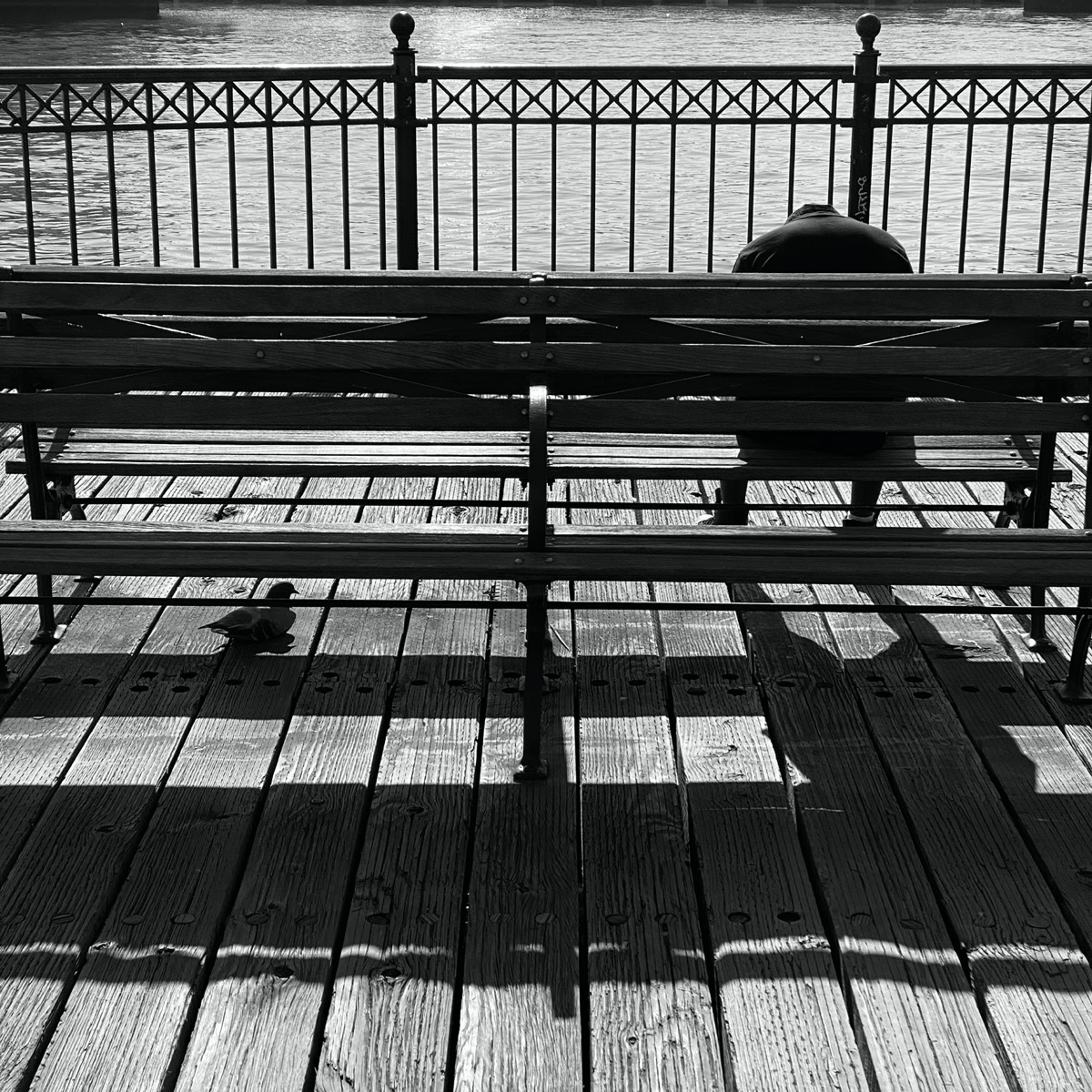
At work with the phone
Shooting with a mobile phone has become a common practice for everyone. But the most interesting thing, once the volume of the shutter is removed to prevent a sound “click” from being heard in the least opportune moments, is given by the fact that now everyone is walking or sitting in public places or waiting at bus stops while keeping the phone in hand. This makes whoever is holding their iPhone essentially invisible, compared to a camera, for example, however small.
The possibility of swinging the phone for the long side, by turning the wrist and without the phone appearing vertical and too evident, greatly increases the ease of shooting even in populated environments. The best street photography is shot in sunny places and with large buildings, possibly skyscrapers, not only to have adequate backgrounds but also for the cuts of light with sharp shadows and subjects that enter and leave the dark to the light in a spectacular way. It is then obviously up to the photographer to be able to seize the right moment for the shot, provided that he is able to recognize it.
The iPhone highlighted three things here. The first, less pleasant, is the transition from “lock” to camera mode by pressing the virtual button at the bottom right, which is often inaccurate and on a couple of occasions has slowed us down just enough to make the prey escape. good shot. Switching from unlocking the lock screen to then activating the camera is just as if not slightly slower. In short, a configurable physical button is missing to enter camera mode.
The second positive quality highlighted by the iPhone 11 Pro this time, with Apple's original and rather tough transparent plastic cover, is extreme handling. In the hands of an adult male it practically disappears and snaps like an asp. Since the objectives, the three sensors and the processor are identical to those of the Maxi version, it doesn't hurt if the images appear smaller on the screen: the resolution and quality are the same.
The third interesting quality is the reliability of the Camera app – when it is turned on it never crashes – and the battery life, which allows you to shoot as if there were no tomorrow, without bringing the energy sector of the device to its knees. It seems obvious, but in the past it wasn't always like this.

Apple's treble
Finally, a note on the three lenses, which are perhaps aesthetically not a masterpiece but which do their job as metalworkers of photography very well. The tightly integrated Apple hardware and software mix allows you to use your phone as if it were a tiny but very powerful professional device. There are always those who emphasize the video capability of this phone, but in reality even used instead of a professional camera it manages to obtain interesting or even unique results, provided that the surrounding environment is the right one.
We shot everything: people, vehicles, glimpses, half panoramas. We did it by privileging the decisive moment of the shot, and therefore pushing on the immediacy of the image, sacrificing the care of the frame that can be dirty, tilted, moved. It's wanted, because it takes the phone to its extreme. The risk, in the hands of a normal semi-professional photographer like the writer, is to transform the shots into trivial snapshots taken by someone who does not know how to shoot. Instead, the triple camera of the phone not only holds the intention, but allows you to expand it by offering three lenses that give the possibility to expand or narrow the field of work in a moment.
Here, too, the ergonomics of the Apple Camera app does very well which, despite having a phone practically devoid of mechanical controls apart from the volume shutter button, has a cleanliness and simplicity such as to allow the use of software commands on the screen without problems or indecisions, provided, however, that you are precise enough and do not make a mistake with your fingers to select the right lens or to change the exposure by touching the screen and then dragging up or down the level to the right of the square of the focus and exposure.


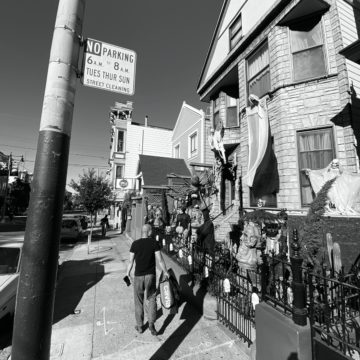
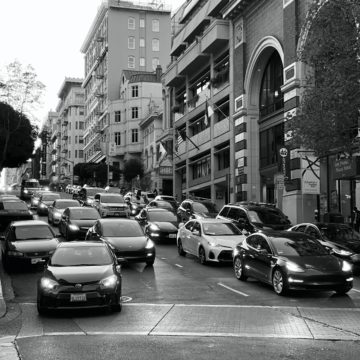
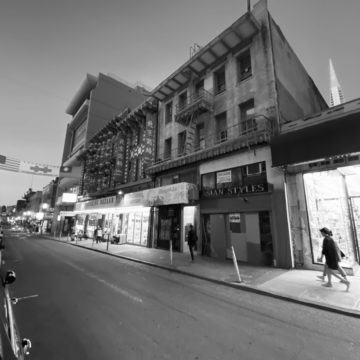
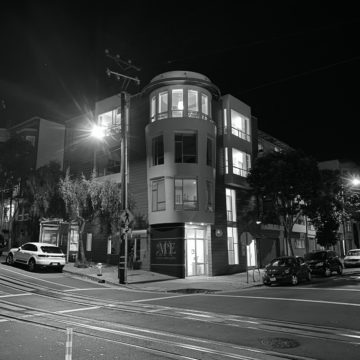

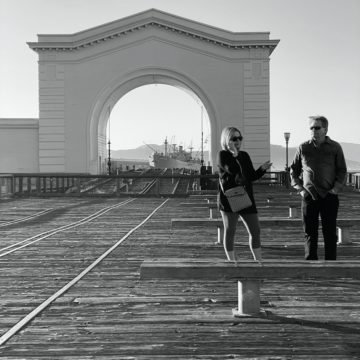
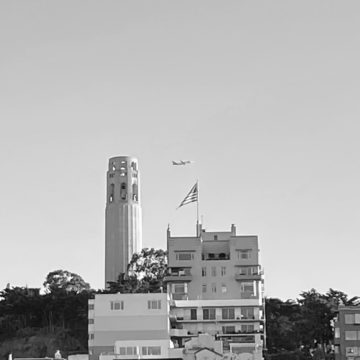

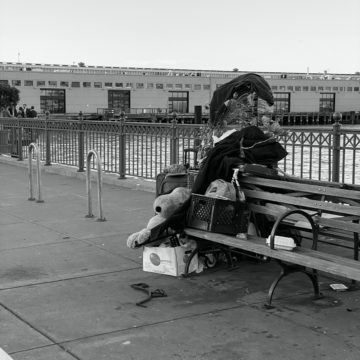
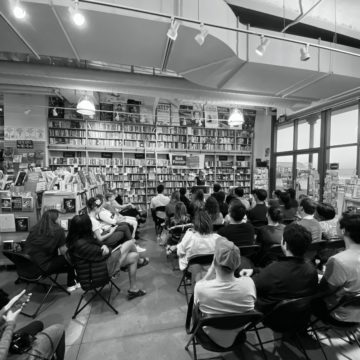
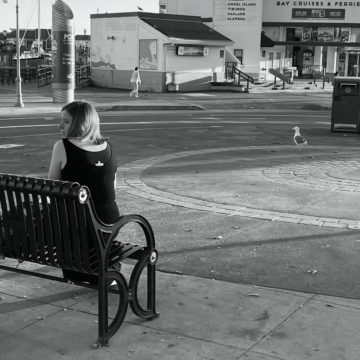
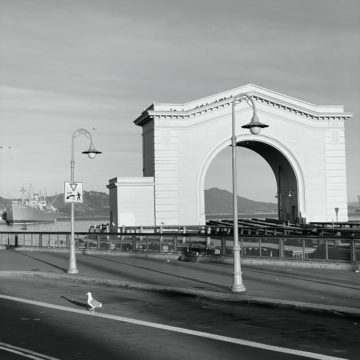

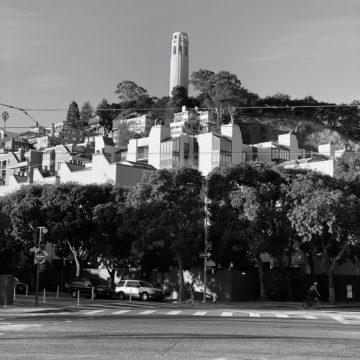
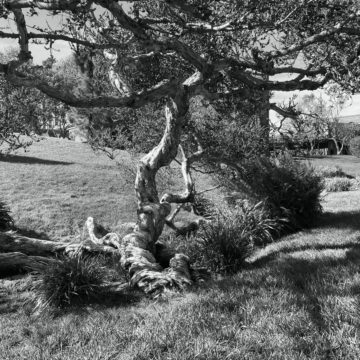
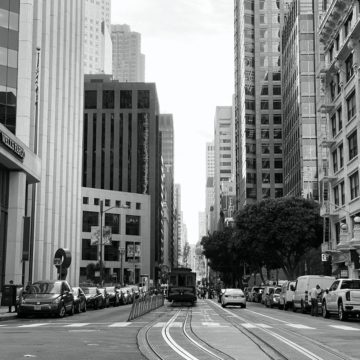
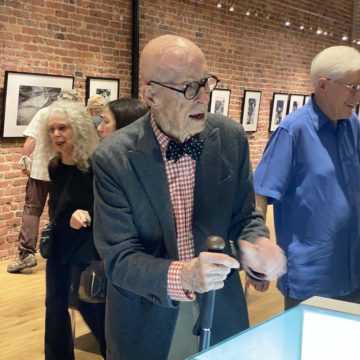
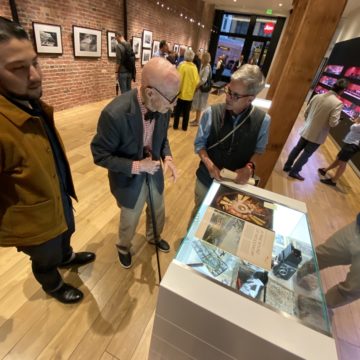
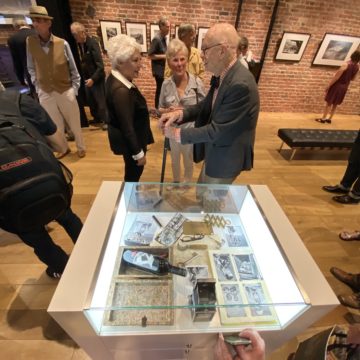
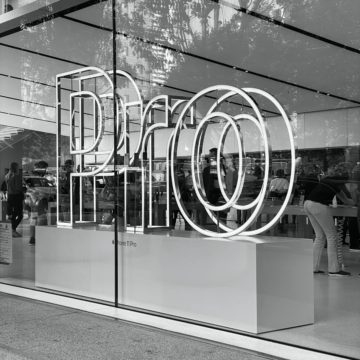
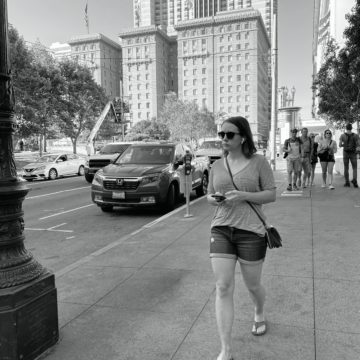
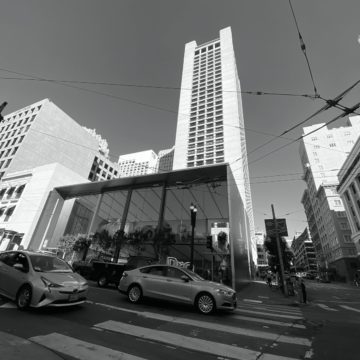
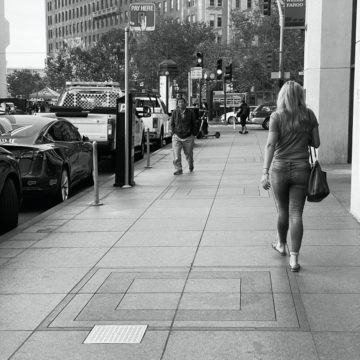
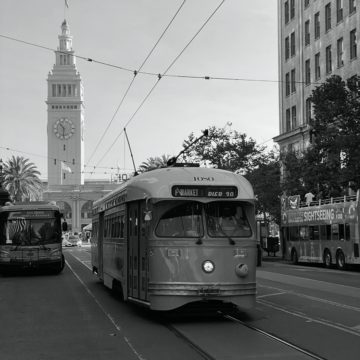
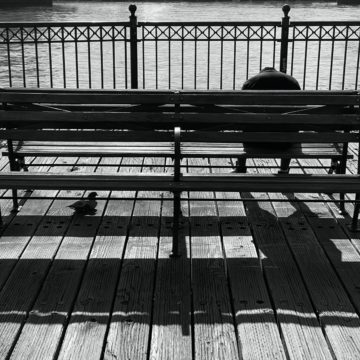


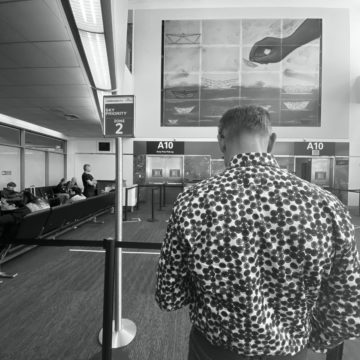
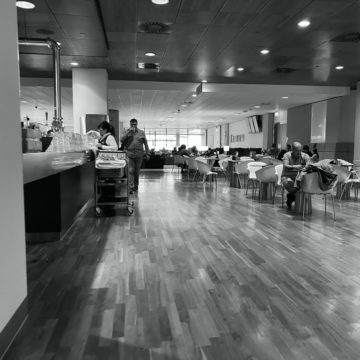
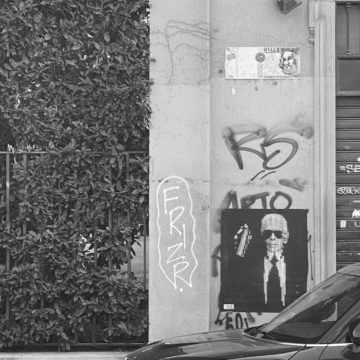
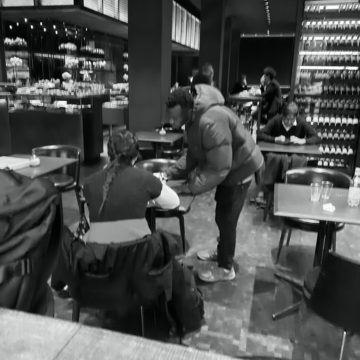
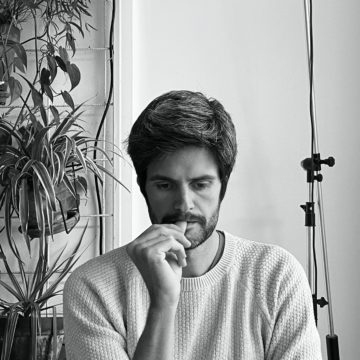
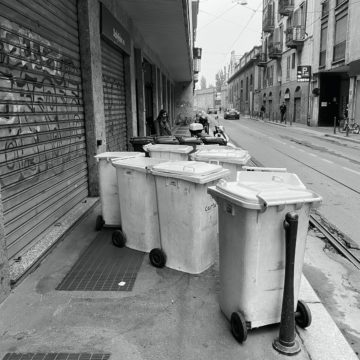

In conclusion
If there were any doubts that one day the phone would make us leave the camera at home, well now is the time to let them pass. Of course, there are circumstances and moments in which a quality reflex, full frame, with very bright lenses and capable of particularly performing optical geometries, are superior. But there are others where the phone plays the lion's share, both for its speed of execution and for its lightness, memory, yield and the ability to be able to move and immediately share all the images you want. .
The first approach and then the reviews of this phone (and of the non-Pro version 11) by the editorial team were obviously very positive because, in spite of those who believe that Apple is not innovative and that the iPhone 11 in its three incarnations is born “old”, this is a huge device destined to mark a further step before the migration to 5G. However, there is a passage to add.
The photographic sector is exceptional, at its best and with a very successful and powerful synthesis between computational photo and traditional optics. It is digital beyond the threshold to which the vestiges of the analog past have relegated the reflex and mirrorless cameras that are sold today. We are ahead of the competition in an important way and equally ahead of most of the uses of a traditional digital camera. Does it seem excessive to you? In our opinion, no.
Instead, we can say that this is really a very stimulating era for photography, that Cartier-Bresson today would certainly have an iPhone 11 Pro in his pocket and above all that the use of fine and valuable digital cameras now requires very special situations and needs. , no longer for most of those who want to shoot even at good or high levels. In short, the world has really changed.
For more information on iPhone 11 / Pro / Max find a long in-depth here. Below you will find the review of the iPhone 11 and the review of the iPhone 11 Pro / Max.





